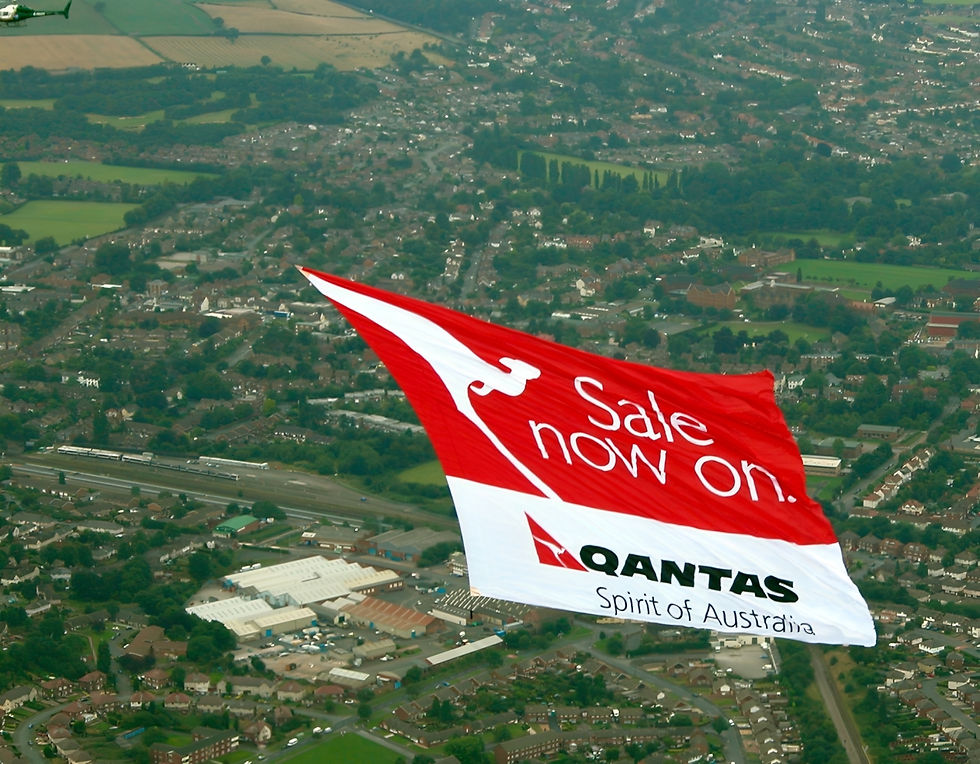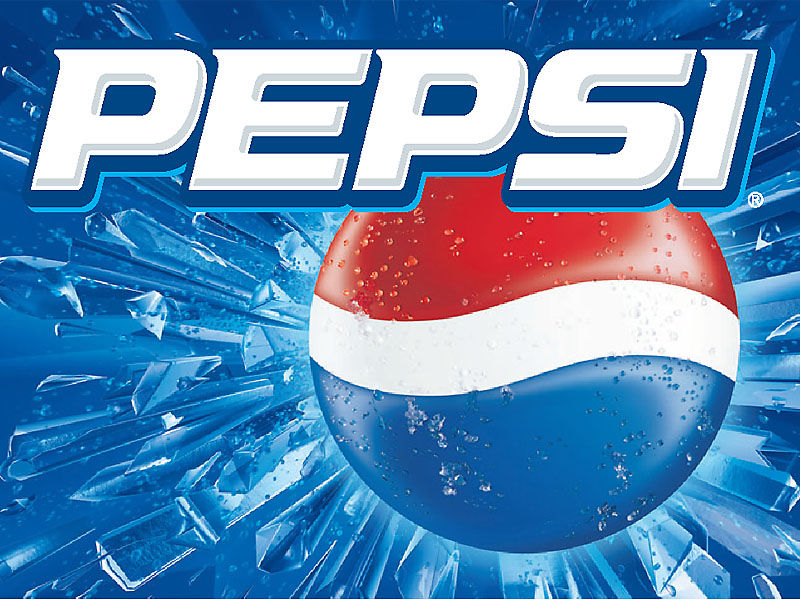The Change They Said Couldn’t Be Done
- Airvision Aviation

- Jul 10
- 3 min read
In 1992, I dipped my toe into helicopter banners — a natural progression from my earlier work with skydiving banners, then motor paraglider banners, and eventually, banners towed by helicopters.
At the time, CASA (Australia’s Civil Aviation Safety Authority) strictly prohibited these massive banners from being flown over populated areas. The reason? The 100–200 kg counterweight at the base of the banner — if it detached mid-air, the consequences could be catastrophic.
So, I set out to change that.
A Safer System: The Birth of HOBS
I designed a safer, smarter alternative: the Helicopter Overland Banner System (HOBS) — a complete injection and release system built from the ground up. It took years of design, testing, and refinement, with CASA outlining a rigorous testing regime.
This included:
Repeated drop tests to simulate system activation mid-flight.
Measuring the aerodynamic behaviour of the helicopter during ejection.
Impact analysis to assess potential harm if the banner landed on a person or object.
We partnered with the University of Sydney’s Aeronautical Engineering Division and spent over two years conducting controlled drop tests on a remote beach. Their engineers meticulously measured the impact indentations in the sand after each drop.
The result?
It was officially documented that a falling banner posed less risk than being hit on the head by a basketball dropped from one metre.
Rethinking the Build
We replaced the heavy steel shackles traditionally used with lightweight aluminium carabiners, then designed custom wrap-around covers to reduce exposed hardware. The banner itself was reimagined using soft fabric, and all fixtures were either lightweight or shielded.
At the same time, I oversaw the manufacturing side — running flight tests on dummy banners made from various materials. We flew them at high speeds, soaked them in water, mud, and dirt, and pushed the designs to their limits. Eventually, we landed on two fabrics that could withstand it all while maintaining structural integrity.
Back then, in the early 2000s, all banners were "cut and sew" — a labour-intensive process where every logo and word was cut from templates and sewn piece by piece into a base colour banner. I spent years pulling all-nighters just to get banners finished in time.
The Digital Breakthrough
In 2002, I approached a digital printing company with an idea they said was impossible — to digitally print on ultra-light aviation-grade fabric. They told me it couldn’t be done.
I persisted. Eventually, they reconfigured an industrial printer to handle the material, and we printed our first full-colour image on banner fabric. It worked. Today, 100% of our helicopter banners are digitally printed, with vivid, full-spectrum colour and flawless image matching.
This breakthrough not only improved image quality — it increased the banner’s aerodynamic strength, allowing us to safely fly banners at higher speeds and in harsher conditions. Our banners now range from 500 to over 6,000 square metres.
A Global Standard
Our HOBS system was the first of its kind — and although our patents expired seven years after filing, the system is now the global standard in helicopter banner safety.
What began as a risk CASA wouldn’t touch is now an accepted, proven industry norm.
Proudly Leading the World
Thirty-five years later, we’re proud to say that Airvision Aviation is the largest operator of helicopter banner advertising in the world. We changed what they said couldn’t be done — and built a safer, more spectacular industry in the process.



